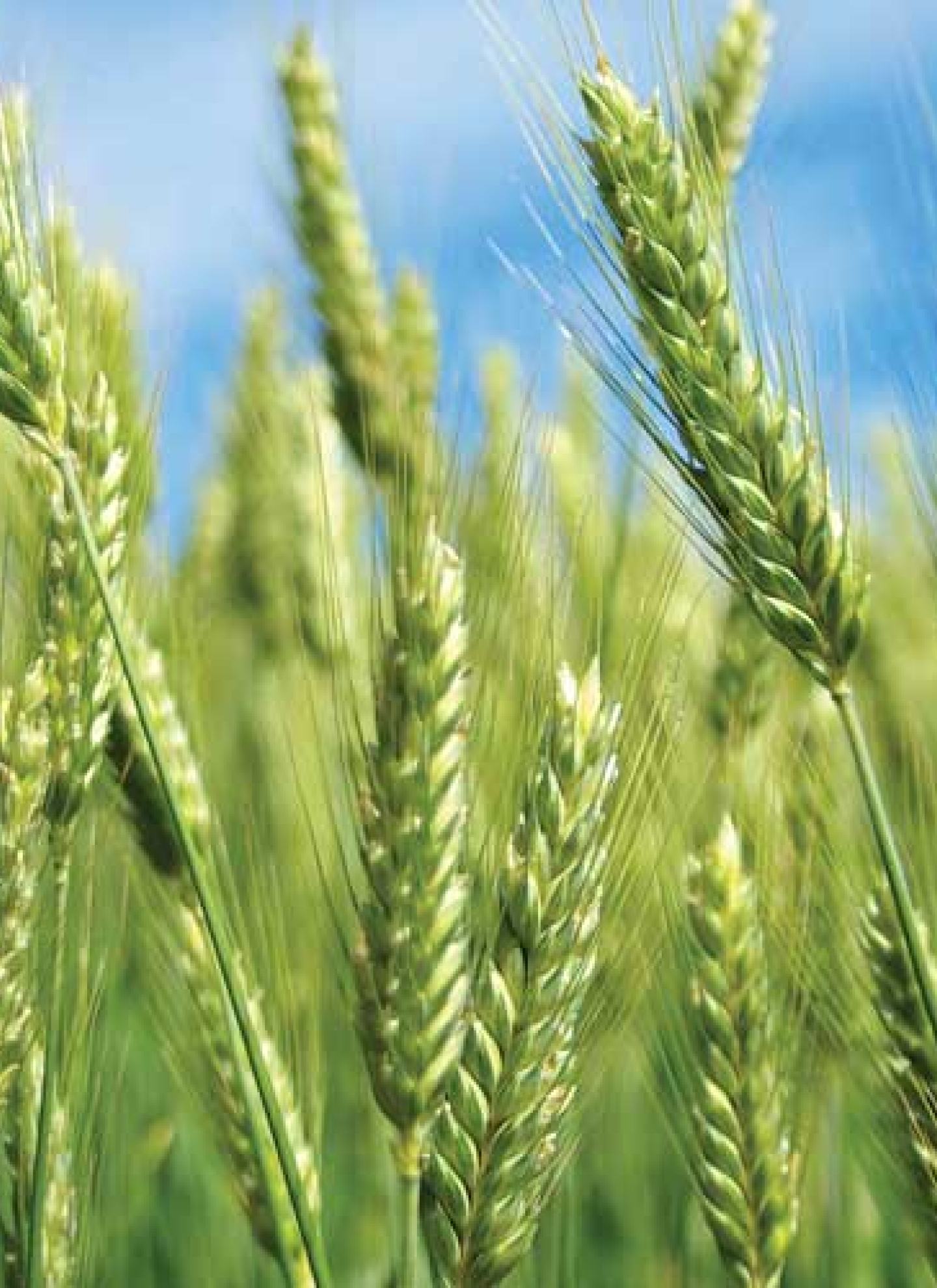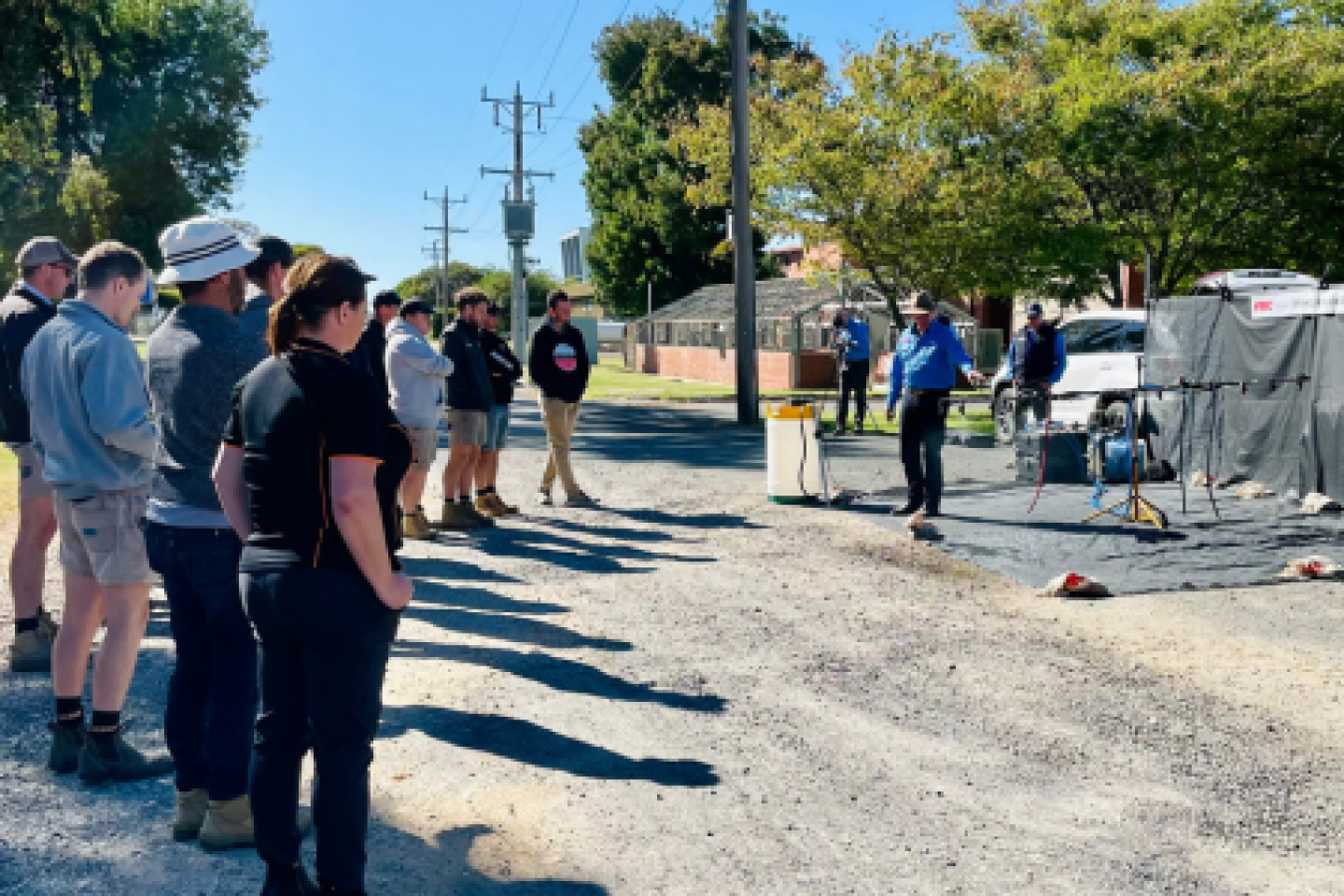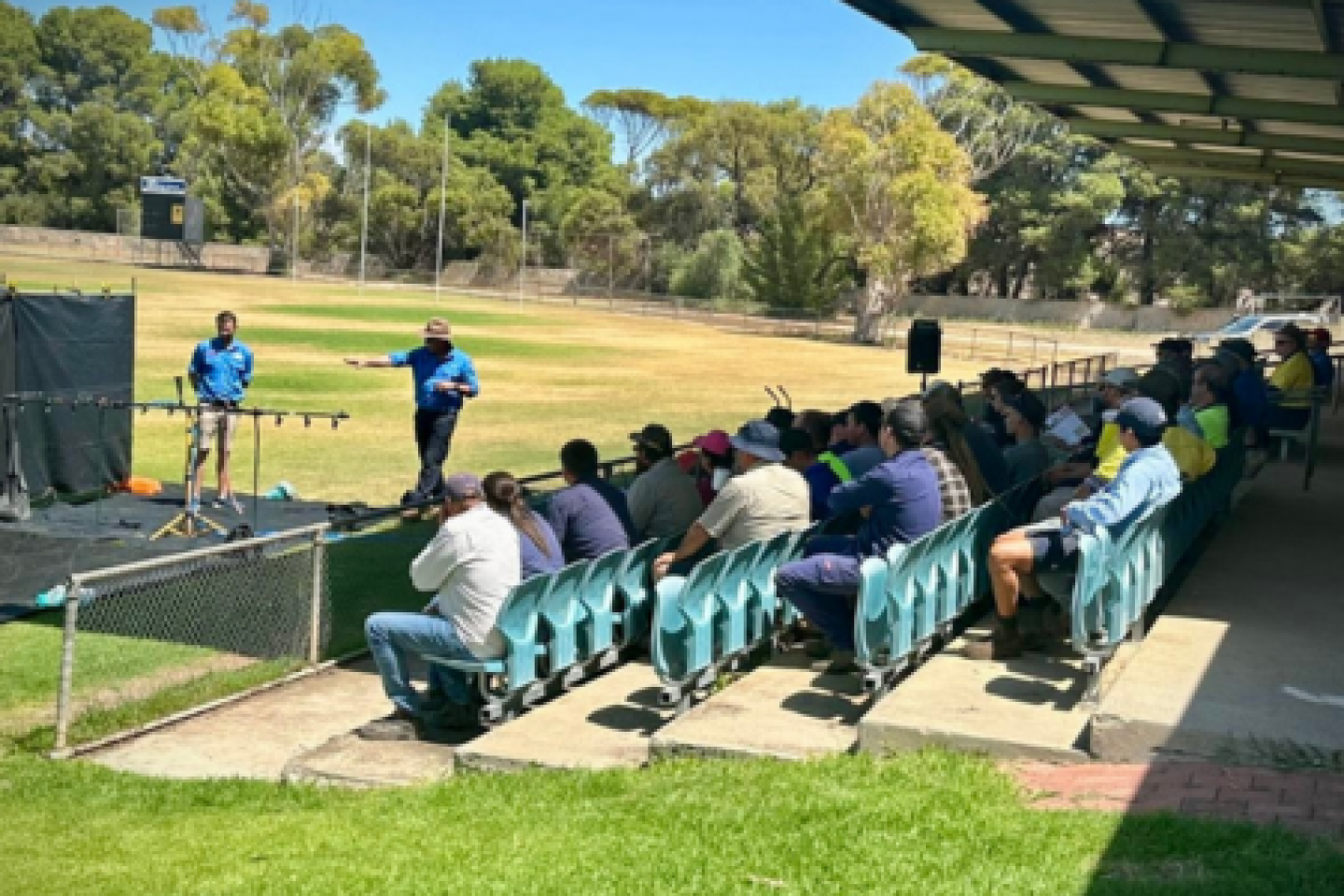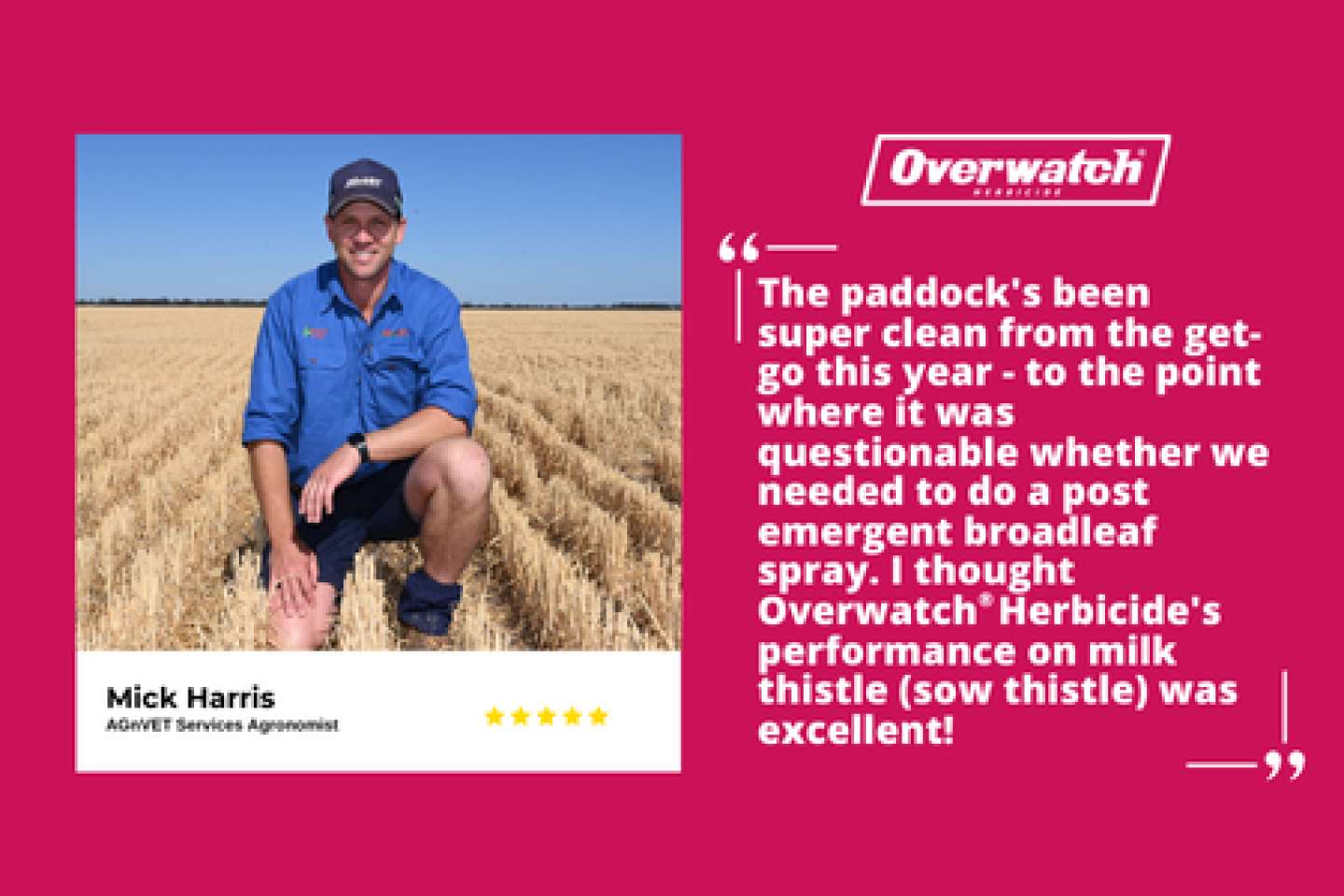The broadleaf weed control from Overwatch® Herbicide in wheat, is helping the subsequent legume phase on the Yorke Peninsula of South Australia.
Dean Bruce manages a family-owned business, with 12 properties and 4,800 hectares of cropping, with an emphasis on lentils and cereals in the rotation.
“In the 2020 season we did a 20-hectare trial of Overwatch® Herbicide and were impressed with the results,” he said. “What really stood out to me, was the carryover for broadleaf control into a legume phase, which was astonishing.”
“I was absolutely sold on the product from the word go. We then went to broadacre usage in 2021 and again in 2022. I've actually got regrets about not doing all our wheat with it this year. Going forward, we'll certainly be doing every acre of wheat with Overwatch®."
He said while ryegrass was the number one weed, brome grass was also starting to creep its way back into the system.
“Ryegrass still re
mains an issue but it’s not as bad as it was,” Mr Bruce said. “New chemistry like Overwatch® Herbicide, and other products, has certainly been a game changer for ryegrass.”
In the broadleaf weed sector bifora and bedstraw are of concern, particularly in the lentil phase.
Increasing tolerance to the imidazlinone (‘imi’) class of herbicides and some older chemistry used to help control these weeds in lentils is evident. The ability of Overwatch® Herbicide in the preceding wheat crop to reduce the number of weeds in the lentil crops has been really impressive.
Mr Bruce said Overwatch® Herbicide was the key herbicide for wheat due to a combination of factors.
“It's not all about the ryegrass control, although certainly it's a good product for ryegrass. I'm finding its main use for us, alongside the ryegrass control, is the broadleaf control.”
“In the cereals, that takes that early weed pressure off. You can delay your broadleaf control in your cereals and then you can implement a fungicide, insecticide and trace element, all on the one pass a bit later.”
“That gives us an option of a second knock down, which we've done this year in all our cereals. We did two passes of broadleaf to give us a double knock system and that's just worked fantastically.”
“Then we see the carryover effect of Overwatch® Herbicide into the following year, whether it be faba beans, canola or lentils. We just see such a terrific residual carrying through into the next phase. We're very impressed with it."
Mr Bruce said the wheat seed was sown using a Morris quantum bar and atom jet points into a knife point situation.
“We're on 25 cm spacing and tend to inter-row everything as much as we can into previous stubble.”
“We've got to be a bit careful with all these chemicals and we are very strict on speed of travel with the seeders, which is eight kilometres an hour. All staff get that hammered into them. I can track them. I know what speed they're doing. There's no more than eight kilometres an hour, for a lot of reasons.”
He said it was critical to reduce the soil throw and in doing this they hadn’t seen any issues with crop safety.
Mr Bruce was previously a spraying contractor and makes use of this when looking at new chemistries.
“I do tend to look at the label and look at things a little bit harder than most, because I've seen some terrific results in the past and I've seen some not so good results."
He said it was important not to overuse Overwatch® Herbicide so that it will remain a viable option for farmers going forward.
“We'll use it sparingly, but it certainly will be used on all our wheat country in the short term, purely because I'm just seeing such a benefit into our legume phase. It's allowing us to not go so heavy with products into our legume phase."
He said they looked at the big picture in terms of using products that will keep weed numbers down and provide incremental gains.
“Every 1 per cent is a gain, so if we can have small wins every year it’s good.”




